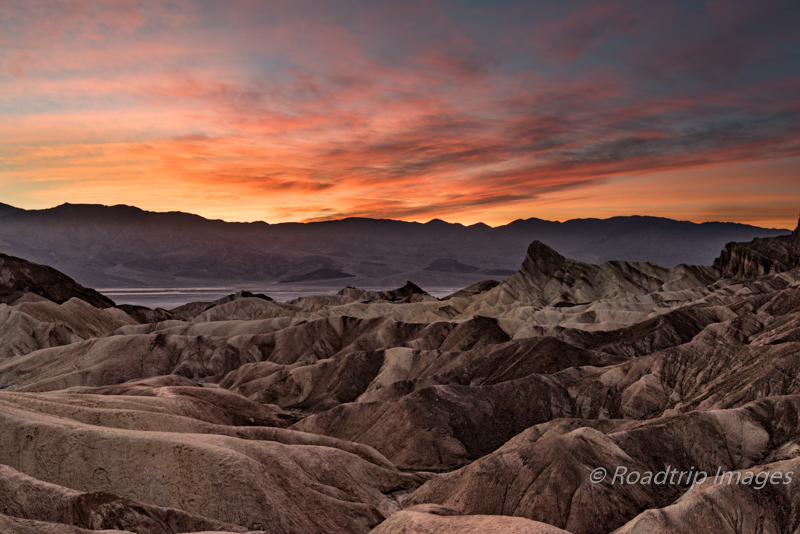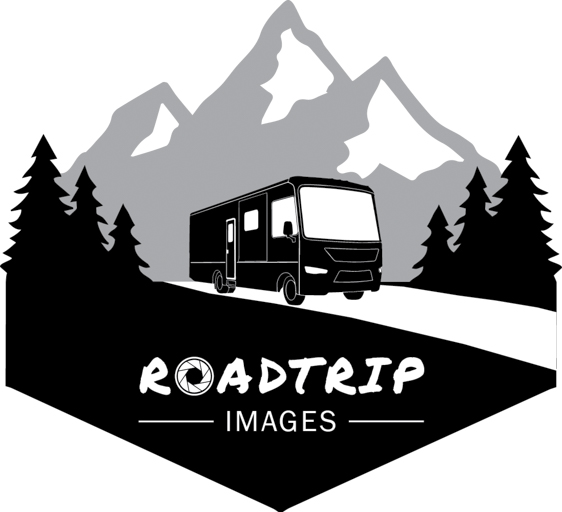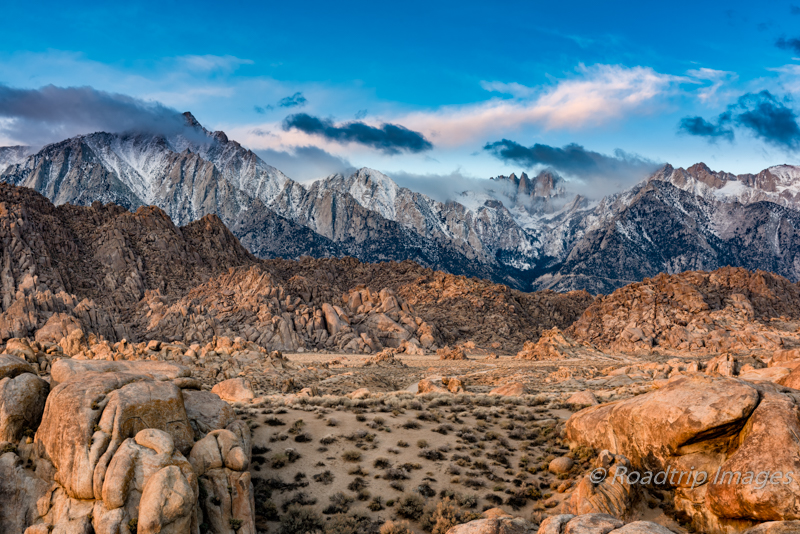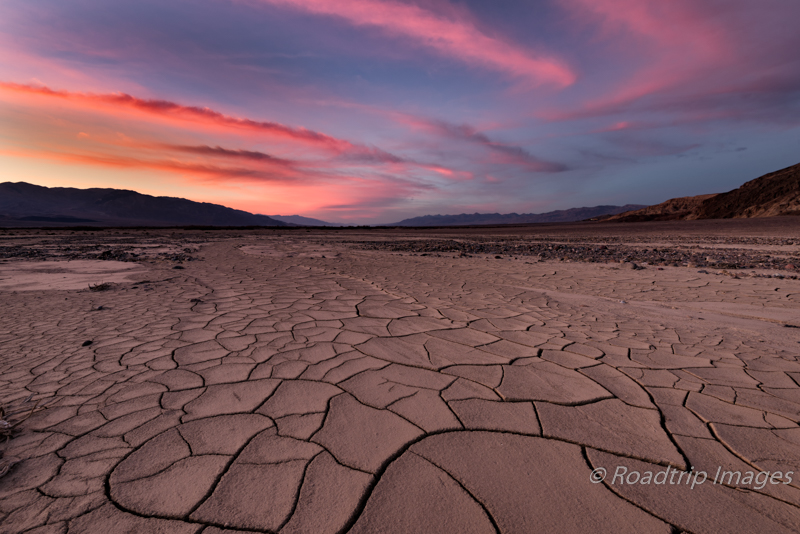
Zabriskie Point Sunset - Death Valley National Park
The view from Zabriskie Point in Death Valley is pretty nice and synonymous with the park. Sunsets from here can be pretty amazing too!

Death Valley National Park
Death Valley National Park is huge. Over 3.3 million acres huge and 91% of it is designated as wilderness. It’s the largest National Park in the lower 48. It also recorded the hottest air temperature in the World of 134.1° F (56.7° C) in July of 1913. Summer is obviously not the time to be here. Winter however, is pretty darn nice. Sunny every day and afternoon highs in the 70’s. I can live with that.
The Park also has the lowest point in the United States at -282 feet below sea level at Badwater Basin. Ironically the basin is surrounded by mountain ranges with peaks of 11,000 feet. And only 85 miles to the west is the tallest peak in the lower 48, Mount Whitney at 14,505 feet. Quite a bit of elevation diversity here.
Scouting for the Shot
Early on at a new location I like to visit the known viewpoints to see them with my own eyes. I’ve seen photographs from Zabriskie Point numerous times but without any context of what’s around it. In this particular location there is a parking lot and a paved walkway up to a viewing area. Very easy to get to. Many shots are taken from this paved vantage point but often times there are better spots to shoot from. We walked around Zabriskie Point for quite awhile looking at many potential shooting locations. I also like to see what happens at sunrise and sunset. Where will that happen in relation to the scene?
For this particular composition, I liked the striations in the Badlands like hills of the foreground so those were a key element. The Badwater Salt Flats are in the valley beyond the foreground. The mountains in the background are the Panamint Range with Telescope Peak at 11,049 feet just out of frame to the left. I wanted the spike (Manly Beacon) at the right of the badlands set off to the side of the image. I also wanted the main area of sunset to be in the middle of the frame. Balancing all these elements took us off the paved viewing platform and onto some of the badland hills themselves. In this case off to the right of the paved walkway. With the winter sunset being in the southwest, this seemed to work best for my eye.
Making the Photograph
A sunset shot for me actually occurs well after sunset. The rich colors occur 15-20 minutes after the sun has dipped below the horizon and well after it disappears behind the mountains. This is during the “blue hour” when the foreground is illuminated by skylight rather than direct sunlight. Since the foreground is much darker than the sky I always bracket my shots to ensure a good exposure for it and the sky. I can then blend these together in Photoshop if need be. In this case I was able to recover the shadows without blowing out the highlights using a single image. Many times that’s not possible as the dynamic range is just too high. Today’s digital sensors are amazingly capable and I’m continually surprised at what they can capture.
Desert sunsets can be pretty dramatic and this one didn’t disappoint. Finding the right place to stand is key. Balancing all the elements to form a pleasing composition takes some scouting and sometimes trial & error. That’s landscape photography.
Final Thoughts
We’ve spent a few months now in the desert escaping the cold temps further north. Death Valley has been a pleasant surprise with all its diversity and photographic possibilities. I knew it had those but this place is really a photographers playground. One thing it doesn’t have is good cell service and internet access. I guess that shouldn’t be a big surprise but the Park gets a ton of visitors every year. I would think there would be better coverage by now. It does make it a challenge to get these posts created and uploaded.
If you come to Death Valley, do it in the winter. The temps are warm and the days are sunny. By April/May it’s already pretty hot. The Park is big enough that it doesn’t get too crowded either. The photo opportunities are endless. Only limited by your time and ability to get up early for those sunrises!
As always, you can see higher resolution images on our Facebook page. Please give us a like while you’re there.
Nikon D810 with Nikkor 16-35mm at 35mm. f/11 at 1/10 sec. ISO 64
Comments are closed.


